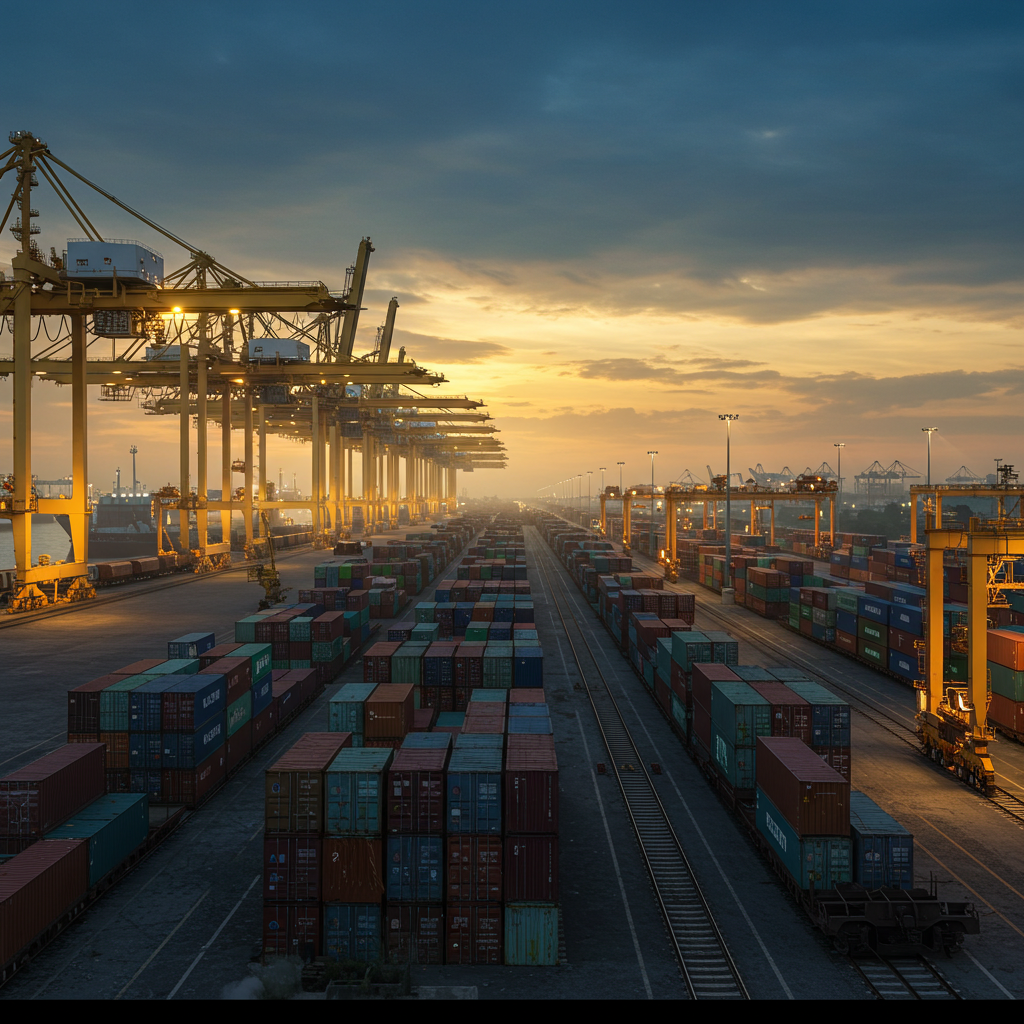Bangladesh Economy & Trade: From Apparel Dominance to Diversified, Eurasia-Linked Growth
Smart looms, modern ports, and mobile money: the roadmap to Bangladesh’s next stage of global competitiveness.
At dawn in Dhaka’s industrial belts, containers roll, cutters hum, and phones buzz with mobile payments. Bangladesh has reoriented itself from a subsistence past to an export-led present—and is now laying the groundwork for a more diversified future. Apparel remains the backbone, but pharmaceuticals, shipbuilding, leather, ceramics, agro-processing, and ICT services are steadily expanding the country’s export mix.
This transformation rests on three pillars: infrastructure, skills, and governance. New bridges, power capacity, ports and logistics nodes complement special economic zones and a single-window approach to trade facilitation. Remittances from a vast diaspora lubricate domestic demand, micro-investment, and the balance of payments.
Headwinds persist: tighter sustainability standards in destination markets, supply-chain volatility, competition from Asian peers, and climate risks. Policymakers’ response emphasizes value addition, productivity, digitalization, and green transitions.
This article maps the moving parts of Bangladesh’s economy—macro structure, engines and risks, investment openings, and the corridors that increasingly bind South Asia to Eurasian markets through Bangladesh’s shores.
Main Body
1) Macro Picture: Export-Led Growth, Moving Up the Curve
-
Young demographics, rapid urbanization, and trade integration have powered growth.
-
The strategy now blends cost competitiveness with quality, speed, sustainability, and innovation.
-
Priority: climb from labor-intensive niches into higher value segments and services.
2) Apparel & Textiles: Legacy Strength, New Playbook
-
Ready-made garments dominate exports; the next play is functional fabrics, design, small-batch agility, and sustainability branding.
-
Deeper backward linkages (spinning, weaving, dyeing, trims) reduce import dependence and lead times.
-
Green factories, water stewardship, effluent treatment, and robust safety systems are now commercial advantages.
3) Diversification Tracks: Pharma, Shipbuilding, Leather, Ceramics, ICT
-
Pharma: competitive generics with room for regional expansion and biosimilar partnerships.
-
Shipbuilding/repair: barges, river/coastal vessels, and specialized small-to-mid ships.
-
Leather/footwear: cleaner tanning clusters with wastewater treatment to meet global norms.
-
Ceramics/glass: domestic construction demand plus nearby export markets.
-
ICT/ITES: BPO, software services, fintech; English proficiency and competitive costs aid scale-up.
4) Agriculture, Aquaculture & Food Processing
-
Rice, vegetables, tea, and aquaculture (shrimp/fish) anchor primary output.
-
Processing, cold chains, traceability, and certification open supermarket access across Eurasia.
-
Climate-smart farming and efficient irrigation mitigate weather volatility.
5) Power & Infrastructure: Capacity, Resilience, Connectivity
-
A more diversified energy mix: gas, imported fuels, and industrial rooftop solar plus efficiency gains.
-
Ports—Chattogram, Mongla, Payra—and deep-draft projects widen maritime capacity.
-
Road/rail corridors to India, Myanmar, and the Bay of Bengal cut transit times.
6) Industrial Policy, SEZs & Single Window
-
SEZs/EPZs offer serviced land, utilities, incentives, and one-stop services to de-risk setup.
-
PPP models accelerate logistics, power, and water assets.
-
Customs single window streamlines inputs and export clearance.
7) External Trade & Markets
-
Portfolio approach to markets: US, EU, UK, East Asia, Middle East, Africa.
-
Focus on preferences, rules of origin, sustainability certifications, and faster clearance.
-
“Multi-product multi-market”: advanced apparel, pharma, leather goods, ceramics, processed foods, and digital services.
8) Finance, FDI & Fintech
-
Commercial banks alongside world-renowned microfinance drive inclusion and entrepreneurship.
-
Mobile money and fintech raise financial inclusion and lower transaction costs.
-
FDI prioritized in export clusters, clean energy, logistics, and digital infrastructure.
9) Skills & Productivity
-
Shift from low-wage advantage to skills, selective automation, QA, and lean operations.
-
TVET programs, digital bootcamps, and workplace safety upgrades reduce operational risk.
10) ESG & Compliance
-
Destination markets demand proof on emissions, water, fiber traceability, and labor rights.
-
Solutions: renewables, digital supply-chain traceability, credible audits, and regular disclosure.
11) Risks & Mitigations
-
Risks: global demand swings, input-price shocks, climate events, port congestion, FX volatility.
-
Mitigations: market/product diversification, safety stocks, longer-term buyer contracts, FX hedging.
12) Five-Step Investor Playbook
-
Pick a cluster (advanced apparel/pharma/logistics/ICT).
-
Locate in an SEZ with ready utilities and services.
-
Secure a local partner for labor pipelines and permits.
-
Bake in ESG and digitalization from day one.
-
Use blended finance (equity/bank/green facilities) to lower WACC.
Conclusion
Bangladesh’s economy is a story of agility at scale: an export engine that is learning to compound value, sustainability, and innovation. With stronger Eurasian linkages, expanding ports, and investments in skills and technology, the country is building the foundations for its next growth act. For governments and firms seeking resilient sourcing and efficient capital deployment, Bangladesh offers a rare package of cost competitiveness, regional access, and fast learning curves.





No comment